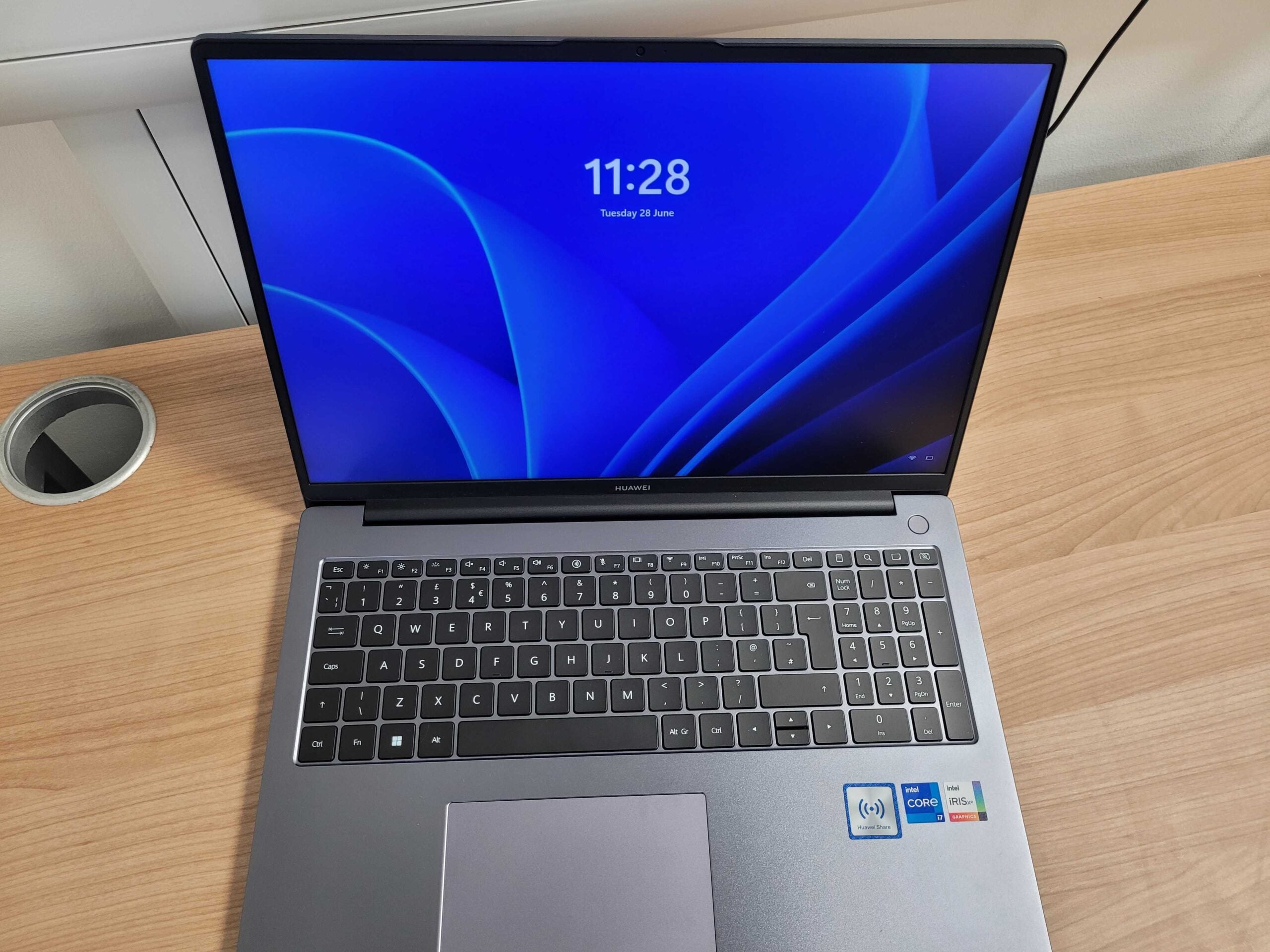
Roku is a household name in the United States, making some of the best and most popular streaming devices on the market. But did you know that Roku was very nearly a part of Netflix?
In fact, it was Netflix engineers that developed the first Roku device. It was slated to launch in 2007, the same year that Netflix launched its now-ubiquitous video-on-demand service. But just a few weeks before this “Netflix Player” came to market, the strategy shifted and it was instead spun off into its own company.
Here’s the full story, but first a bit of context.
A bygone era

It’s easy to forget in today’s streaming-centric society that things were very different back in 2007. Netflix’s main business was mail-in DVD rentals, and the entire concept of video streaming was in its infancy. Even early versions of Vimeo and YouTube were just starting to get off the ground. They launched in 2004 and 2005, respectively.
Unlike its primary rival Blockbuster, Netflix saw the writing on the wall. Seeing the writing on the wall for DVD rentals, it launched a video streaming service in early 2007. This was just before the launch of the first iPhone, and well before our lives moved to smartphones and digital platforms.
To help get the fledgling video streaming service off of subscribers’ computers and onto their television sets, Netflix needed a new type of device. DVR boxes like TiVo were commonplace at that point, but they only allowed you to record broadcast television locally — not stream it from a remote server.
Read also: Here are the 7 best live streaming TV services
While Netflix’s streaming catalog slowly grew slowly from the roughly 1000 movies initially offered, the company secretly put together an internal team to develop this new streaming box. Working under the alias “Project Griffin,” a team of 20 engineers worked closely with Chinese manufacturer Foxconn to prepare the device for launch.
The team had been working on the tech for years, before the streaming service itself launched. According to a report from Fast Company, Netflix initially toyed with the idea of a connected DVD player before settling on a dedicated streaming box. The key, of course, was affordability, since the true goal was to push Netflix to more homes.
This device, dubbed the Netflix Player, was primed to revolutionize the way people streamed media. But just a few weeks before it launched, there was a major change of plans.
The birth of Roku

Netflix CEO Reed Hastings, understanding the business side of streaming better than anyone else at the time, knew that releasing first-party streaming hardware would put Netflix in direct competition with its hardware partners. If Netflix wanted to remain neutral, it had to drop any dreams of its own streaming device.
In December of 2007, Hastings shocked the company by announcing that the Netflix Player would never see the light of day. At that point it was ready to launch — the device had been finalized, marketing materials printed, and advertisements in the process of being shot.
The Netflix Player was ready to ship, with marketing materials printed and TV ads on the way.
Instead, the tech and engineers that developed the streaming box would be spun off into another company headed by Anthony Wood. Wood, vice president of Netflix at the time, had founded Roku back in 2002, but it wasn’t until this point that the company really picked up steam.
Read more: The best Roku streaming players
Netflix invested $6 million in the newly incorporated company, and the first Roku branded streaming device was released in 2008. It cost $99, which sounds expensive compared to current streaming devices but was much cheaper than other options at the time. For example, the first Apple TV set-top box cost $300.
This thin veneer of separation allowed Netflix to continue talks with major manufacturers like Sony, LG, and Samsung. By giving up the hardware business, Netflix got its streaming service added into millions of devices around the globe.
Was it the right call?

Although it was controversial within Netflix at the time, the decision to kill the Netflix Player was undoubtedly the right one. Netflix was already struggling to make licensing agreements with media companies, killing off its first-party production unit Red Envelope Entertainment in 2008. It wouldn’t be until 2012 that Netflix would begin producing original content again, and by that time it was a clear market leader.
Had Netflix decided to go down the hardware path, it may have never arrived at that point. Nowadays just about every TV shipped has a big red Netflix button, and the service boasts more than 180 million subscribers worldwide.
 Loading poll
Loading pollFor its part, Roku has also been a smashing success, at least in the United States. The company’s ninth generation of devices launched on October 15, 2020. The top-of-the-line, 4K-ready Roku Ultra still maintains the $100 price point of the first device, but the cheapest device in the Roku lineup is just $30. At that price just about anybody can join in the streaming revolution.
This is the eleventh post in our “Did you know” series, in which we dive into the history books of Android and consumer technology to uncover important and interesting facts or events that have been forgotten over time. What do you want to see us cover next? Let us know in the comments and check out our previous entries in the series below.













